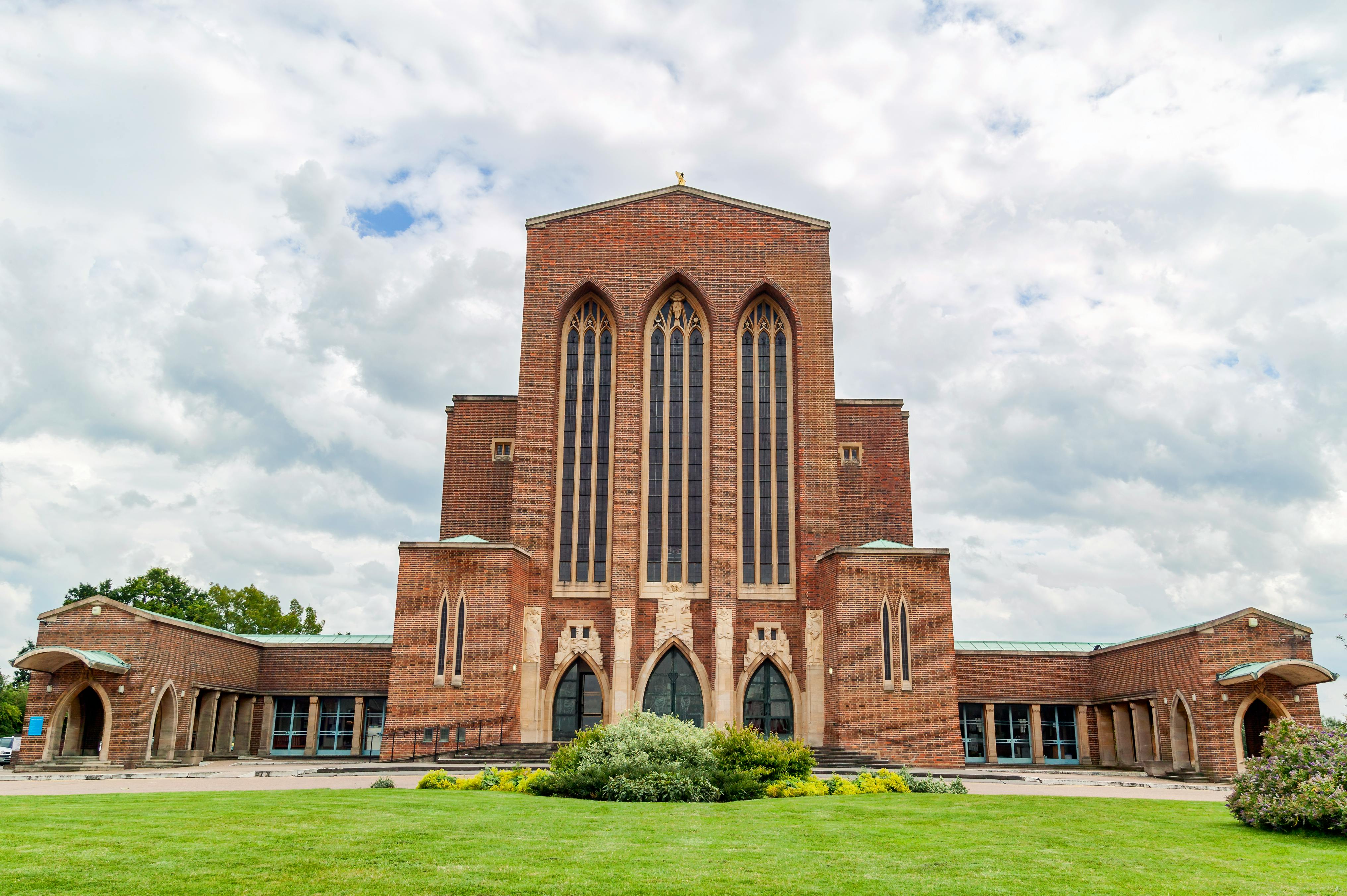
Real vs. Second Life
A preview of the Relationship Economy is the virtual world of animation and avatars of Second Life. This month’s Business Week Virtual World reports. Second Life is a 3D virtual world completely built and owned by its residents. Since it was opened to the public in 2003, it has grown explosively and today is inhabited by a total of 8,678,151 residents from all over the world. From the moment you enter the world, you’ll discover a vast digital continent, packed with people, entertainment, experiences and opportunities.
You will also be surrounded by the Creations of your fellow Residents. Because Residents retain the rights to their digital creations, they can buy, sell, and trade with other Residents. Alyssa LaRoche is rolling in Linden dollars, the hard currency of the virtual world Second Life. Sure, the money is digital, but it can be exchanged for real US dollars or any other currency. “All [in Second Life] It’s a luxury consumer,” says Reuben Steiger, CEO of virtual world marketing consultancy MillionsOfUs. “Very few people walk into a virtual world and decide they’re homeless.” Even virtual homeless people wouldn’t have it too bad, since that in Second Life with bread on your plate and a shelter over your head is not essential.Wandering around a virtual world is fun for some, but the vast majority of Second Life residents buy and sell user-generated goods and services , and they keep their pockets filled with Linden dollars.
Virtual currency is bought and sold on Lindex, a currency exchange website where buying users are automatically connected with withdrawing users. This past February, over $5 million (that’s Uncle Sam’s currency) changed hands on Lindex alone. Just like real world currency, conversion rates fluctuate with the economy; as of this writing, $1 is worth 267 Linden dollars. And just like in real life, if you are a connoisseur of luxury items, you need to have a good amount of money. In Second Life, there is evidence of heavy users. Last March, more than 800 users spent more than 1 million Linden dollars, or about $4,000. Ailin Graef, the virtual real estate mogul (see BusinessWeek.com, 5/1/06, “My Virtual Life”) who last November claimed to be the first millionaire made in Second Life, says there’s a market for high-end real estate. price, high-quality design in homes and other virtual amenities. “There’s no real upper limit when it comes to people spending money on art, self-expression, and uniqueness,” she says. The highest-priced home in Dreamland, her popular Second Life residential community, goes for about $420. However, she says that some “well-to-do people” have paid more than $10,000 for virtual properties.
status symbols Simply living in a big house or wearing a fur coat isn’t enough to stand out from the crowd, so top spenders look for items with meticulously programmed layouts, textures, and animations. Even though Second Life residents can fly from place to place instead of driving, cars are a popular and cheap commodity: you can buy Scions and Pontiacs for around $1. But an avatar who called himself Francis Chung brought to market the Dominus Shadow, a retro two-seater created with painstaking detail both inside and out. Priced at approximately $40, it is the most expensive car sold in Second Life and an envied status symbol among the residents.
Stealth in the real world In my post titled Relationship Economics: Part 1, http://jayderagon.com/blog/?p=84, I describe a slightly different virtual space based on real world commerce and interactions with real people, not avatars. Second Life is the preliminary of “My life” and all the technological factors add up and emerge quickly.
Are you ready to be on top of this breakthrough? What you say?